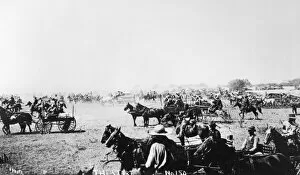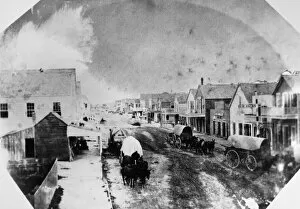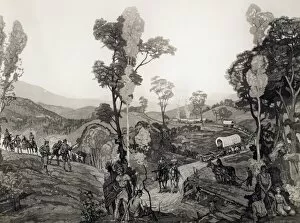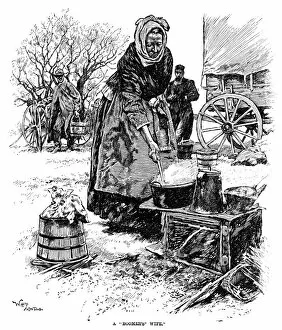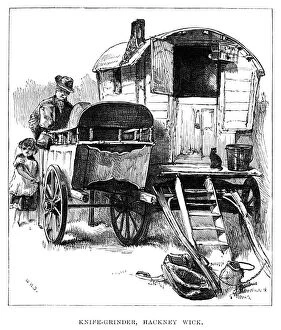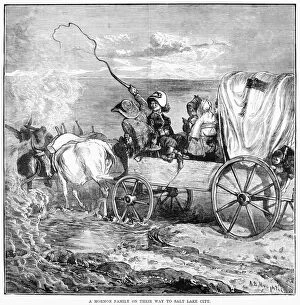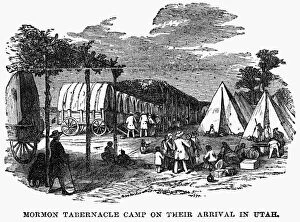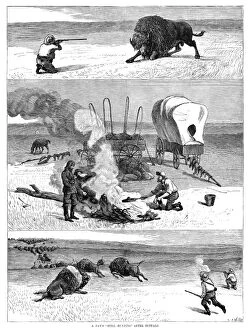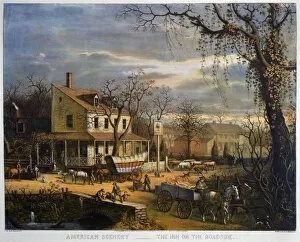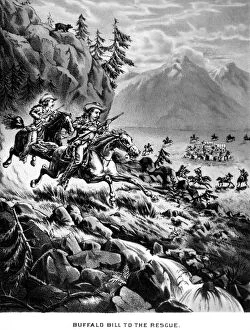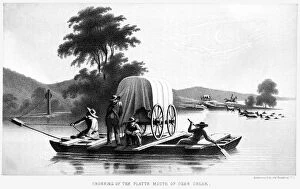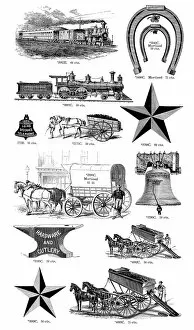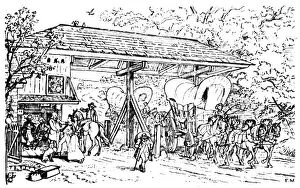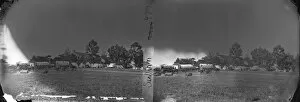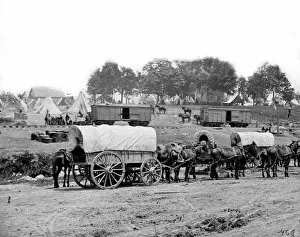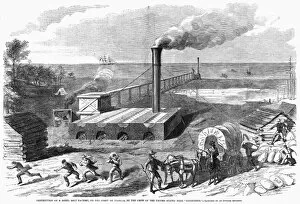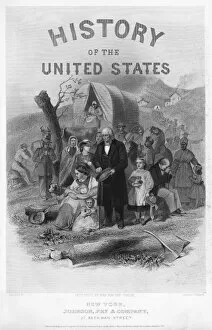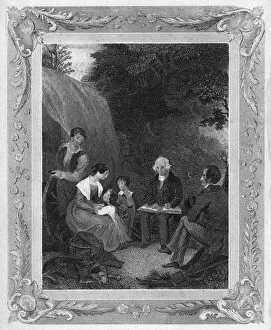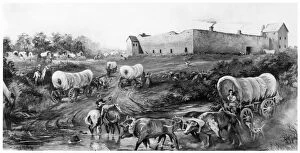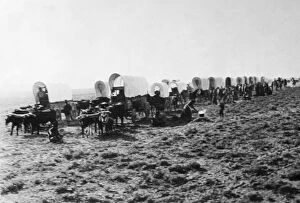Covered Wagon Collection (#9)
"Journeying through History: The Covered Wagon Chronicles" Step back in time and embark on a captivating journey with the iconic covered wagon
For sale as Licensed Images
Choose your image, Select your licence and Download the media
"Journeying through History: The Covered Wagon Chronicles" Step back in time and embark on a captivating journey with the iconic covered wagon. From the heart-wrenching Trail of Tears to the satirical False Perspective, these wagons have witnessed it all. In 1838, amidst tears and sorrow, Cherokee Native Americans were forcibly removed from their ancestral lands in what became known as the Trail of Tears. Robert Lindneux's poignant oil painting immortalizes this tragic chapter in American history, reminding us of the resilience and strength displayed by those who endured this harrowing journey. William Hogarth's steel engraving mocks those who underestimate the importance of perspective in design. With humor and satire, he warns against absurdities that arise when one lacks knowledge. A gentle reminder that even our perception can shape our reality. The opening of Oklahoma Territory to settlers in 1891 marked a new era for pioneers seeking opportunities out West. These brave souls hitched their hopes onto covered wagons, leaving behind familiar landscapes for uncharted territories where dreams awaited them at every turn. Mormon settlers faced treacherous prairie blizzards while en route to Utah. Battling nature's fury tested their faith and determination; yet they pressed forward undeterred by adversity—a testament to unwavering devotion. Amidst political turmoil during the Civil War era, Confederate troops honed their skills with Bowie knives within campgrounds across Mississippi. Wood engravings captured these intense training sessions—reminders of a divided nation grappling with its own identity. Across vast plains under boundless skies, wagon trains traversed untamed landscapes along the Oregon Trail—their wheels etching stories into America's fabric. Chimney Rock stood tall as an emblematic landmark guiding pioneers towards hope and opportunity on distant horizons. Wichita, Kansas emerged as a bustling hub during the 1870s—a melting pot where cultures converged amidst rapid expansion.

